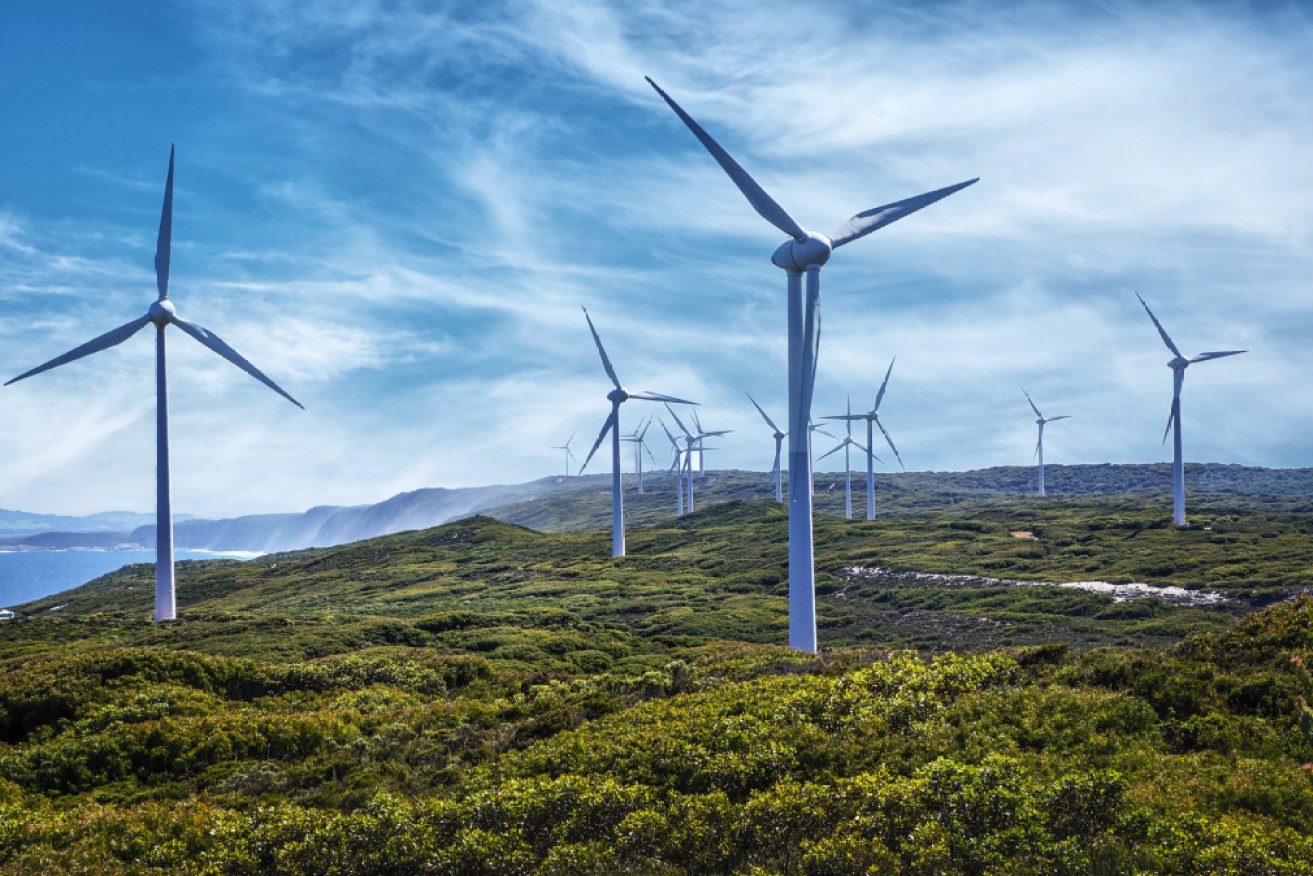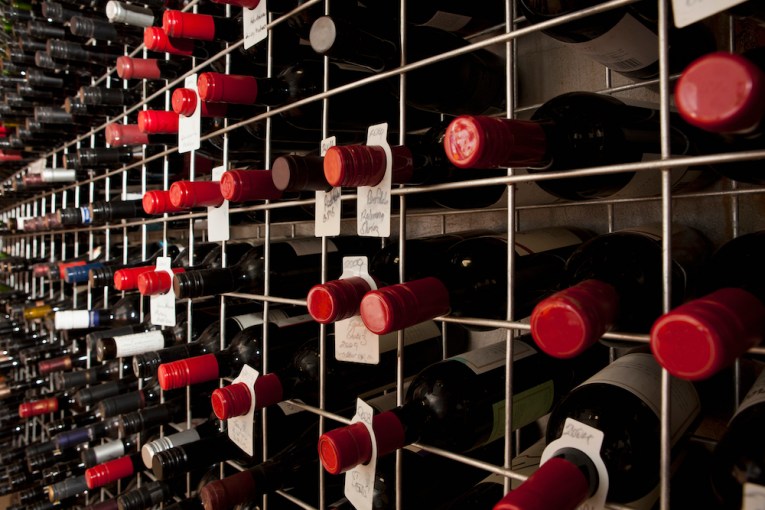Australia must overhaul its energy grid to stop ‘the lights going out’


Wind and solar are driving down energy bills but causing problems for the grid. Photo: Getty
“The lights will go out” if Australia does not urgently overhaul its energy system and support investment in renewable energies, a power and utilities analyst has warned.
Extreme weather and ageing coal-fired power plants are eroding the reliability and security of the nation’s energy grid.
And although the increasing use of renewables is driving down consumer bills and crucial to lowering emissions, the switch to wind and solar its creating its own set of problems.
Australia’s grid is ill-prepared to store and transmit renewable energies, and current regulations provide no incentive for gas and battery providers to bridge the gap in supply when the sun doesn’t shine and the wind doesn’t blow.
The shortcomings in our National Electricity Market (NEM) are so severe that the nation’s Energy Security Board (ESB) said on Monday that the problems of energy reliability and security are now at “critical” levels.
It noted that the Australian Energy Market Operator has had to intervene twice as much this year to prevent major failures as the year before.
Speaking after Anthony Albanese committed a future Labor government to achieving net zero emissions by 2050, EY Oceania leader of power and utilities Matt Rennie told The New Daily that ESB’s findings were “entirely expected”.
Tweet from @_Oliver_Yates
He said the rapid uptake of renewable energies had outpaced changes in policy and regulation.
“The critical issue, though, is what to do as a consequence of that,” Mr Rennie said.
“Really, there’s two paths: The first is to start to look at technologies that can improve the security and reliability of the grid.
“But the more subtle point for me is to ask the question: Why isn’t that already occurring?”
Mr Rennie said the answer to the supply shortfall caused by intermittent wind and solar was “more hydro, more gas-fired generation, and more batteries”. (Electric cars could play a part, too.)
But he said for this to work Australia must redesign its energy market so that gas providers and battery companies “are rewarded for providing small amounts of energy on an intermittent basis into the system”.
Current regulations mean it’s not financially viable for companies to sell energy on an ad hoc basis, he said.
And so we need new “markets for capacity and inertia”.
So what we’re saying is that, rather than just paying for the amount of electricity that is produced, we need to pay people to be there for when we need them,’’ he said.
“On average, it shouldn’t have a large effect on [consumer] prices, but it will mean that the people providing that [energy] security are providing properly for it.”
Mr Rennie added: “If we don’t fix it, the lights will go out for short periods of time.
“But the worst-case scenario is if people aren’t investing … and without a clear roadmap for profits, we won’t get that investment.”
Investment has fallen off a cliff
This last point is crucial as ESB’s report found that investment into large-scale renewable energy projects fell more than 50 per cent in 2019 – from 51 projects worth nearly $11 billion to 28 projects worth $4.5 billion.
It also found that greater use of low-cost renewables would see consumer energy bills fall 7 per cent over the next two years, and that wind and solar would generate 40 per cent of Australia’s electricity by 2030, up from 16 per cent in 2018-19.
Analysts have said declining investment in renewables will make it much harder for Australia to meet its 2030 emissions reductions target, which government figures reveal it is already on course to miss by 10 percentage points.
Ken Baldwin, director of The Australian National University’s Energy Change Institute, agreed with Mr Rennie we would need to provide more incentives to battery operators to “stabilise the system by providing electricity on extremely short time frames”.
He told The New Daily “there is an open question as to how” we should do this, “while at the same recognising that only pumped hydro can provide the very large energy storage to provide system-wide reliability”.
But he said the need for more storage and transmission was so great, and the challenges so complex, that the federal government must urgently develop “a national plan for the energy sector” that aligns with action on climate change.
Developing such a plan is the No.1 priority in his mind.
“It’s at the stage of saying: What are the things that we need to take into account? What are the issues, barriers and challenges that we need to be aware of?” Dr Baldwin said.
“And the next step is to take all those understandings of where we need to be and the things that need to be considered and then brainstorm an actual process itself.”









